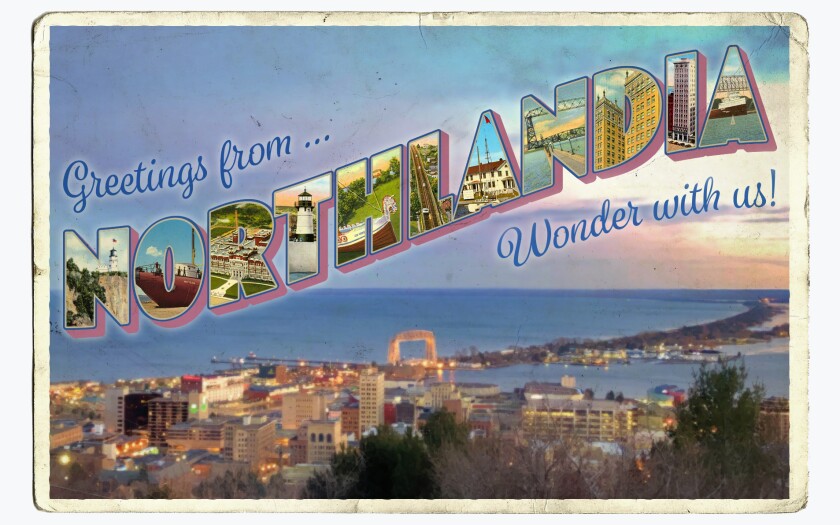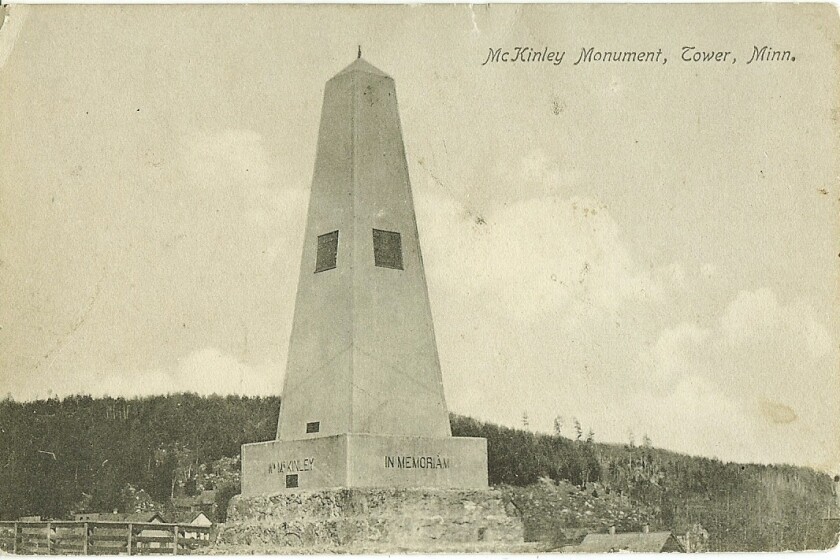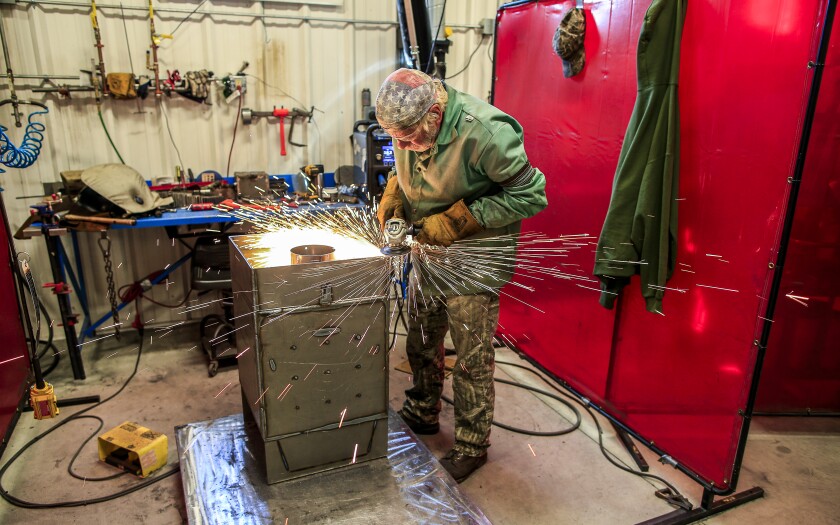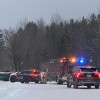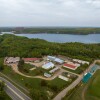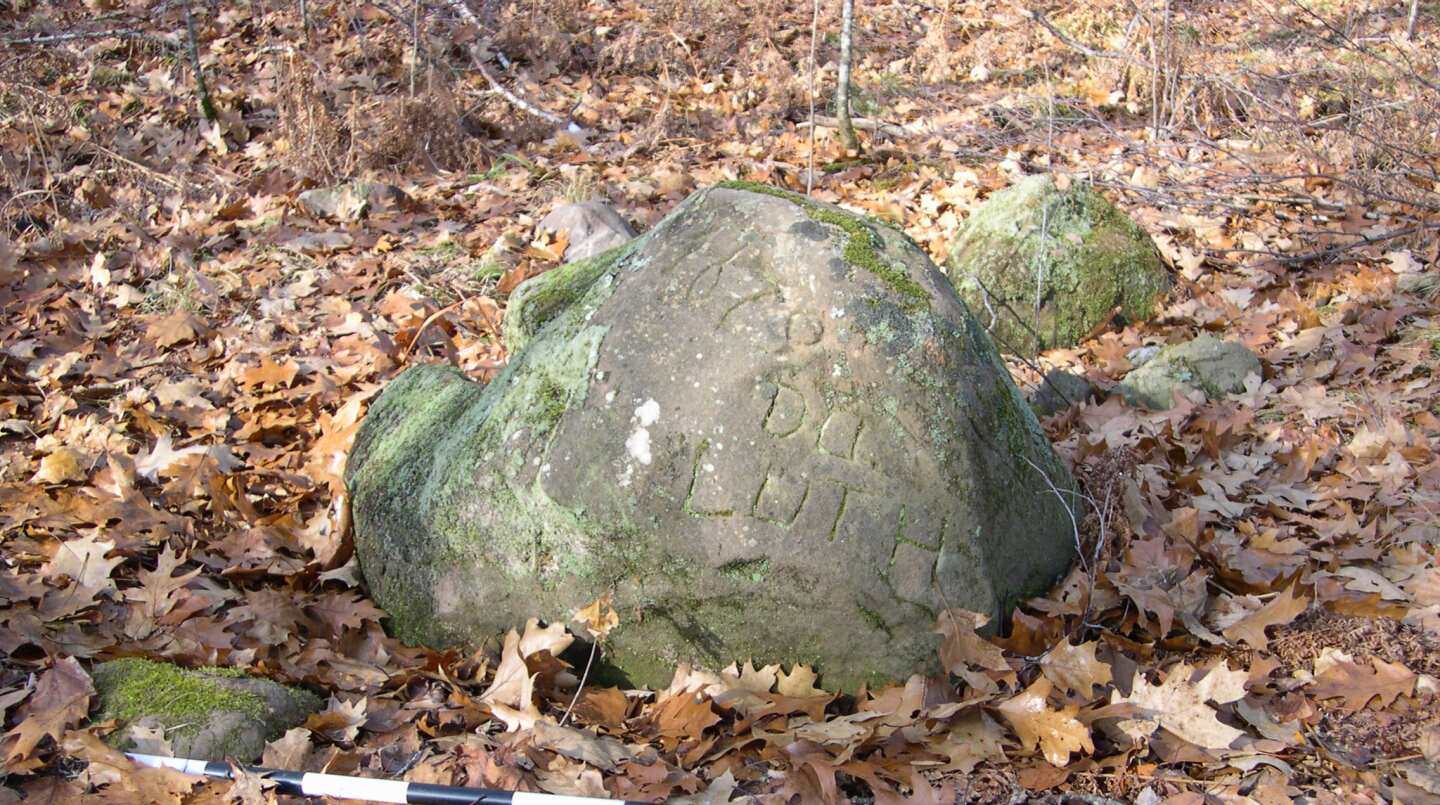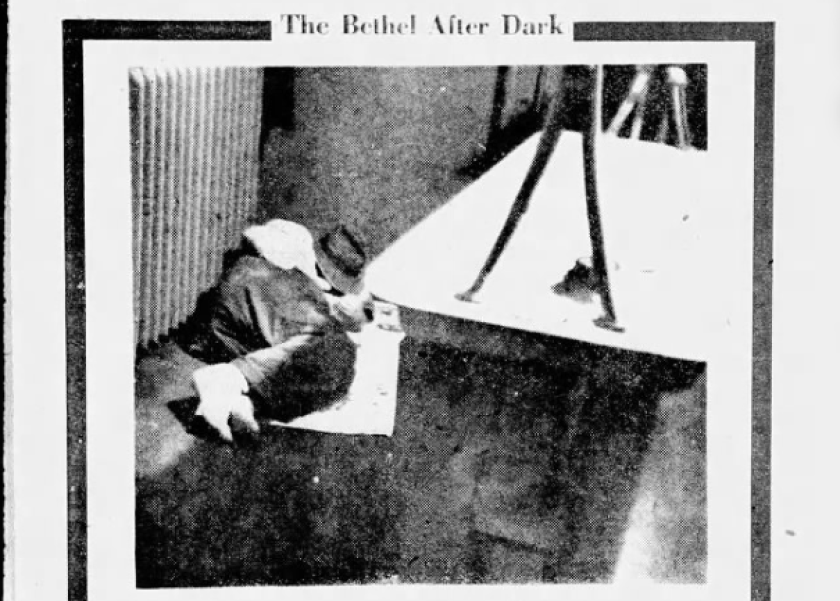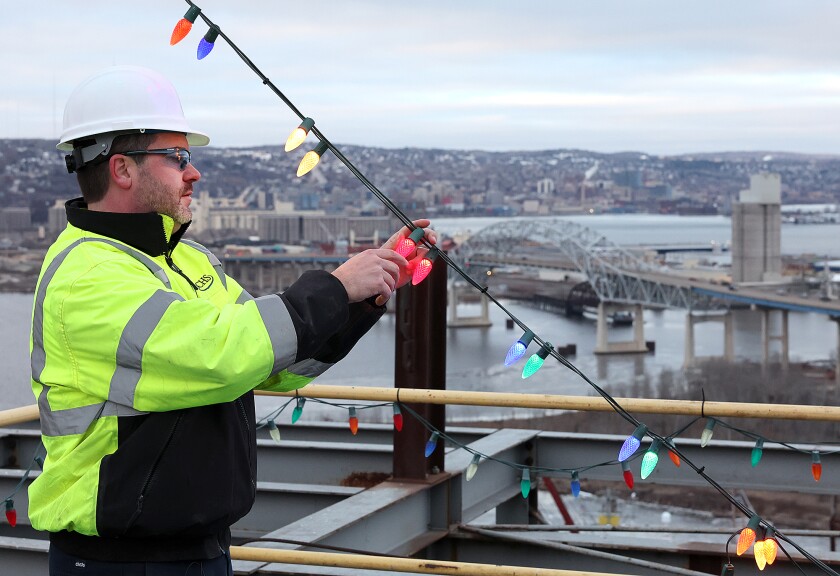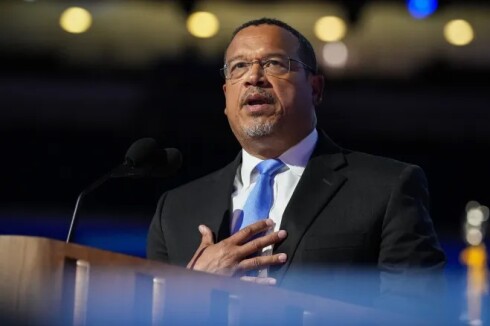TOWER — This small town on Lake Vermilion has a big claim: the world’s first memorial to President William McKinley.
McKinley died Sept. 14, 1901, from a gunshot wound he sustained eight days earlier when an anarchist shot him in Buffalo, New York.
ADVERTISEMENT
Within two months, the people of Tower and nearby Soudan erected and dedicated the simple 18-foot obelisk. Newspaper coverage at the time said it was likely the country’s first memorial to the assassinated president.
A post on RoadsideAmerica.com takes it one step further, declaring it is the “World’s First Memorial to Slain McKinley.”
“It’s funny because I’ve had so many questions this week about it — it’s just crazy,” said Richard Hanson, archivist at the Tower-Soudan Historical Society. “Usually, nobody says much.”
Today, the monument stands between the locomotive on display and U.S. Highway 169. After its neighbor, Benchwarmers Sports Grill, it’s one of the first things motorists see entering Tower from the west.
Hanson said it’s a popular spot for families and groups to take photos, which will inevitably prompt them to ask the historical society: Why is the first memorial to President McKinley in Tower, of all places?
The money that built it came from the toilers, and it is a significant fact that much of it came from foreign-born people, workers in the iron mines of Minnesota.
He said it was thanks to an old friend or acquaintance of McKinley who was an executive at Minnesota Iron Co., which ran the Soudan mine. “He got together a group of businessmen and … it took them two weeks to get the money for the monument,” Hanson said.
Having raised $1,000 from Tower and Soudan residents, the organizers commissioned National Iron Co. in Duluth to cast the memorial, the News Tribune reported Oct. 16, 1901.
ADVERTISEMENT
And each side also has an inscription: “In memoriam,” “Our Martyred,” “President,” “Wm. McKinley.”
There are brass plaques on each side of the monument, with one listing key dates in McKinley’s life and the other three honoring the contributions of area residents:
- "The Sturdy Miners of Soudan and Their Children."
- "The Hardy Lumbermen of Tower."
- "The Citizens of Tower and Their Children."
“The money that built it came from the toilers, and it is a significant fact that much of it came from foreign-born people, workers in the iron mines of Minnesota,” the Duluth Evening Herald reported Nov. 9, 1901.
The next day, approximately 5,000 people attended the monument’s dedication and extra trains carried people to town from Ely and Iron Range cities. A parade was held.
The city had a “holiday appearance." The News Tribune described the event as having a “impressive and sorrowful character.”
“People moved about quietly and the significance of the day was seen and felt,” the News Tribune reported.
That day, Minnesota Gov. Samuel R. Van Sant sent a telegram to Ida McKinley, the president’s widow, to tell her Tower residents were dedicating what was believed to be the country’s first memorial to her husband.
ADVERTISEMENT
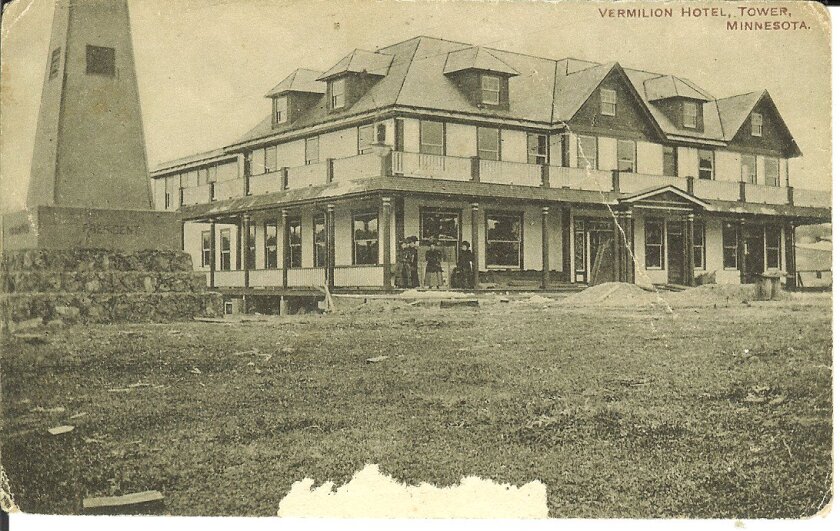
The monument was placed next to the Vermilion Hotel, which later burned down, on the east end of town. It would have been where the East Two River passes under the highway today, Hanson said.
It stood there until at some point, Hanson said, it was moved across town to its current location in a parade with school children each carrying a rock to be placed in the new base.
Tower’s McKinley Park Campground is also named after the slain president. But, the Iron Range town of McKinley is not. Instead, it is named after John McKinley, according to “Iron Range Country: A Historical Travelogue of Minnesota’s Iron Ranges,” published by the Iron Range Resources and Rehabilitation Board in 1979.
He leased much of the land around the sawmill there and, along with his brother, discovered iron in what would become the McKinley Mine — a decade before President William McKinley was assassinated and embraced by the nearby town of Tower.
